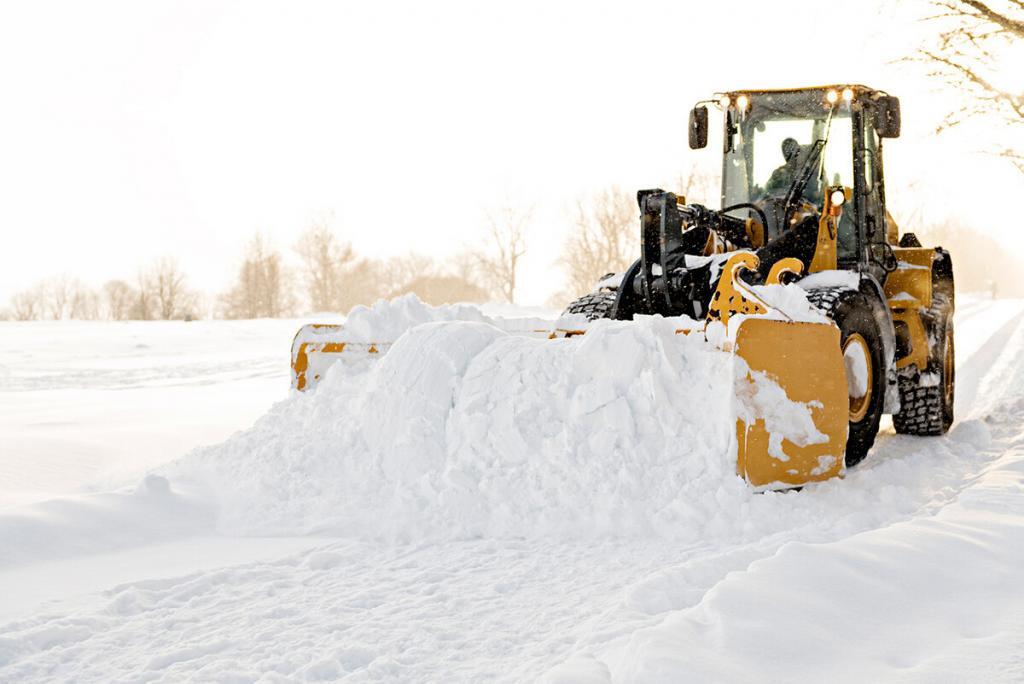Employers should be making sure their employees are protected from cold stress.
There are many types of jobs that expose workers to cold environments. These workers are at risk of cold stress. Freezing weather creates dangerous situations for workers that work outdoors or work in other areas that are not sufficiently insulated or heated.

Temperatures at freezing or below are considered factors for cold stress. When temperatures drop, wind speed increases, or when there is contact with cold water or surfaces, heat leaves your body more quickly. These conditions cause your body to work harder to keep your internal temperature warm. Prolonged exposure can cause the blood to shift away from your extremities, such as your hands, feet, arms, and legs. These types of conditions can lead to serious health problems.
Types of Cold Stress
There are several different types of cold stress that outdoors workers can experience. Oftentimes, the victim may be unaware that they are in danger. Hypothermia, frostbite, and trench foot are the most common types of cold stress.
Hypothermia is a condition where the body’s core temperature drops below the required temperature for normal body function. Early symptoms of hypothermia are shivering, fatigue, confusion, loss of coordination. Moderate hypothermia becomes evident when the early symptoms worsen. However, severe hypothermia symptoms are no shivering, blue skin, and loss of consciousness.
Frostbite occurs when the skin actually freezes. This condition generally affects the extremities, usually the feet or hands. The affected areas will at first tingle, sting, or ache. This is followed by numbness. The skin color will change to red, purple, then white. In severe cases, blisters may appear.
Trench Foot is a condition caused by having one’s feet immersed in cold temperatures above freezing for extended periods. The symptoms are similar to frostbite but are generally less severe.
Preventative Measures
If working in freezing temperatures cannot be avoided, workers need to make sure they take precautions to ensure their safety. Employers should be making sure their employees are protected from cold stress.
- Wear protective clothing – several layers of loose clothing
- Protect your extremities – insulted boots, hats
- Take work breaks indoors
- Bring an extra change of clothes, gloves, socks, etc.
- Avoid exposing bare skin to the elements.
- Have hot packs and first aid kits available
- Continue to check your and your coworkers’ physical condition.
Missouri Workers Compensation Lawyers
If you have been injured at work, it is important to speak to a workers’ compensation lawyer about your legal rights and options. Please contact attorney James M. Hoffmann for a free consultation about your case. Our legal team has a strong history of helping injured workers get medical attention and the financial compensation they need. Contact our St. Louis, Missouri workers compensation law firm to ensure that your rights are protected. Please call (314) 361-4300. You can also complete our Online Case Evaluation Form.
Workers & Industry
Workers | Industry
Airline Injuries
Auto Mechanic Injuries
Baggage Handler injuries
Bricklayer Injuries
Building Construction Injury
Carpenter Injury
Chemical Plant Accident
Coal Mining Accident
Commercial Food Industry Work Injury
Commercial Truck Accident
Concrete Worker Accident
Construction Accident
Cosmetologist Work Injury
Electric Company Workers Injured
Injured Electrical Worker
Electrician Accident
Elevator Worker Accident
Factory Accident
Farm Accident
FedEx Truck Accident
Firefighter Injuries
Processing Plant Injuries
Government Workers Comp
Healthcare Injuries
Injured Work From Home
Hospital Work Injury
Hotel Workers Injuries
Industrial Workplace Accidents
Iron Worker Accident
Janitor Injuries
Union Worker Accidents
Laboratory Accident
Manufacturing Injuries
Meat Packing Injuries
Metal Fabrication Accidents
Mining Accident
Working Multiple Jobs
Nail Salon Work Injury
Work-Related Accidents on Night Shift
Nurse Injured at Work
Nursing Home Workers Injury
Office Accident
Oil Field Injury
Outdoor Workers Injured
Pipe Fitter Occupational Injury
Plumber Accident
Post Office Accident
Poultry Work Injury
Public Safety Officer Injuries
Railroad Worker Injuries
Recycling Plant Accidents
Restaurant Injury
Retail Accidents
Road Construction Accident
Roofing Accident
Sanitation Worker Injuries
Seasonal Worker Injured
Security Accident
Sewer Accidents
Summer Job Work Injury
Teacher Injured
Textile Mill Accidents
Transit Workers Accident
Truck Driver Injuries
Underground Mining Accidents
Utility Worker Accident
Veterinarian Injured
Warehouse Injuries
Window Cleaner Accident
